
Kumanovo is the third-largest city of Macedonia. There are are a couple of very interesting sites near Kumanovo as well, which will be described below.

The Museum of Kumanovo is a small but interesting museum, with artifacts from the region, e.g. from the ancient observatory and archeological site Kokino. There is an exposition about Macedonia during the last wars as well, in addition to ethnological clothing and replicas of old Macedonian and Turkish living rooms. Although we arrived at a time that the museum should have been open, it was not.

A while after contacting the Museum of Kumanovo by phone, one of the archeologists came to open it. He really took his time for us and gave a detailed description of almost every item in the museum. He only spoke Macedonian, but could understand some English.
Opening times in 2011:Tuesday-Friday 10.00-16.00, Saturdays 09.00-13.00. Closed on Mondays like most museums in Macedonia. Prices: Macedonians: 60 MKD, foreigners: 100 MKD (about 1.70 euro), School kids and students: 40 MKD
Address: Crossing of Todor Velkov and Done Bozinov. Phone: +389 (0)31 422 495. Directions: N42.13441 E21.72066.
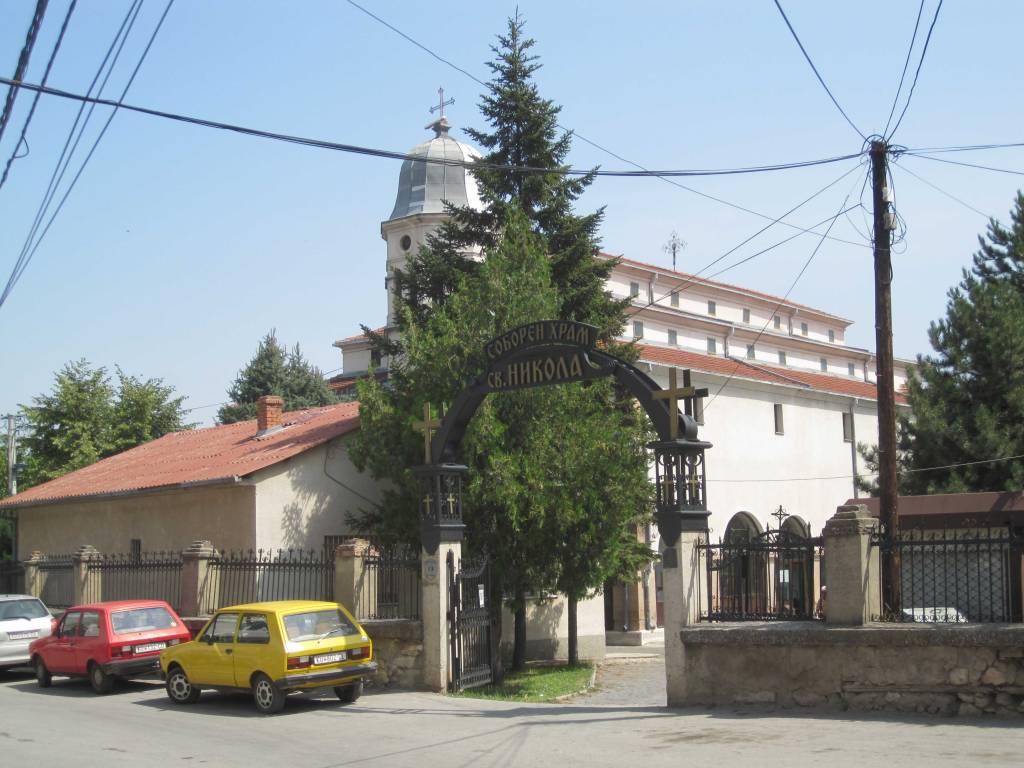
The Church of St Nikola in Kumanovo was designed by master-builder Andreja Damjanov, who also designed e.g. the Church of St Pantelejmon in Veles, the Church of St Bogorodica in Stip and the church in the Monastery of St Joakim Osogovski in Kriva Palanka. It dates back to 1851 and was built on the same site as an earlier church. When we asked the man who sells the candles in the church for some information about the church, he bluntly told us that he was not paid for that and that we should ask the priest. We also asked him if it was alright to take a picture in the church and not surprisingly, he told us “no”. Well, sometimes you can take pictures inside, sometimes you can’t and that’s perfectly OK with us…
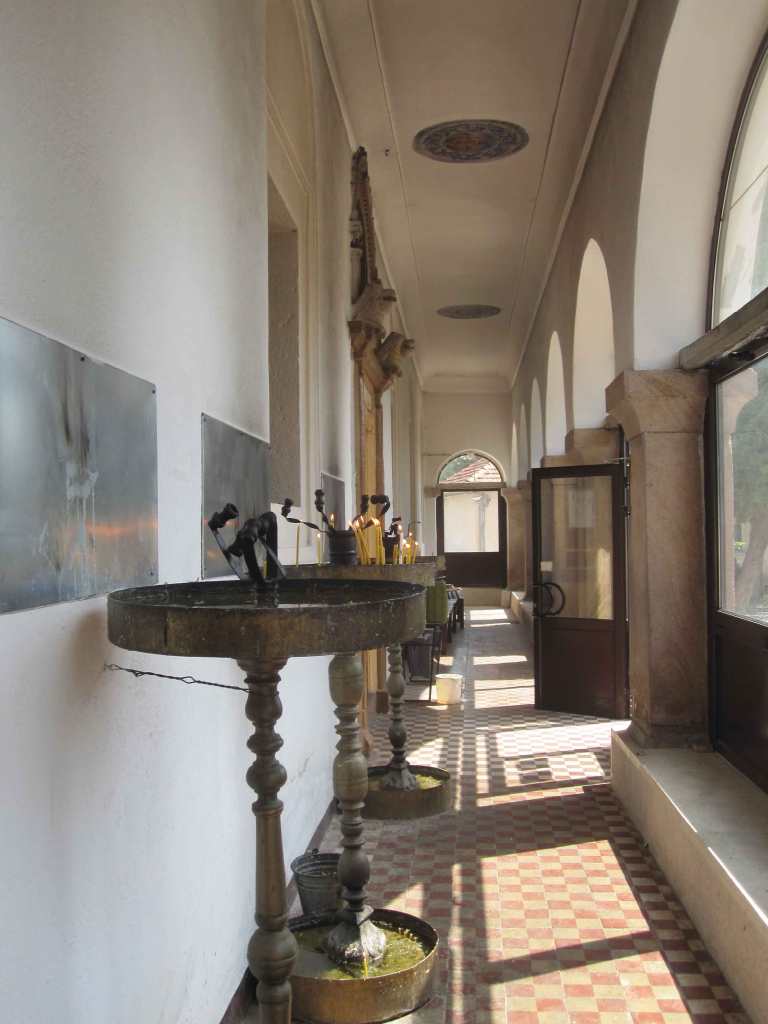
St Nikola 
St Nikola
When I later was making pictures of the outside of the Church of St Nikola, he suddenly came running at us, screaming, and threatening to destroy my camera. Apparently the priest had seen me making pictures outside and warned him about this. I tried to talk to him but he almost went insane, mouth foaming and eyes popping out of their sockets…He really almost physically attacked me! We later heard that more people have had problems with this man and the priest of the church. It is really amazing that idiots like those two morons run a sanctuary…be warned! Address: Crossing of Pionerska and Partizanska. Directions: N42.13732 E21.72052

The Church of St Trojca (Holy Trinity) is relatively young, being built in 1902. The original color allegedly was a less obvious tint of pink. When they re-painted it, they decided the church had to be more cheerful! And cheerful it is!
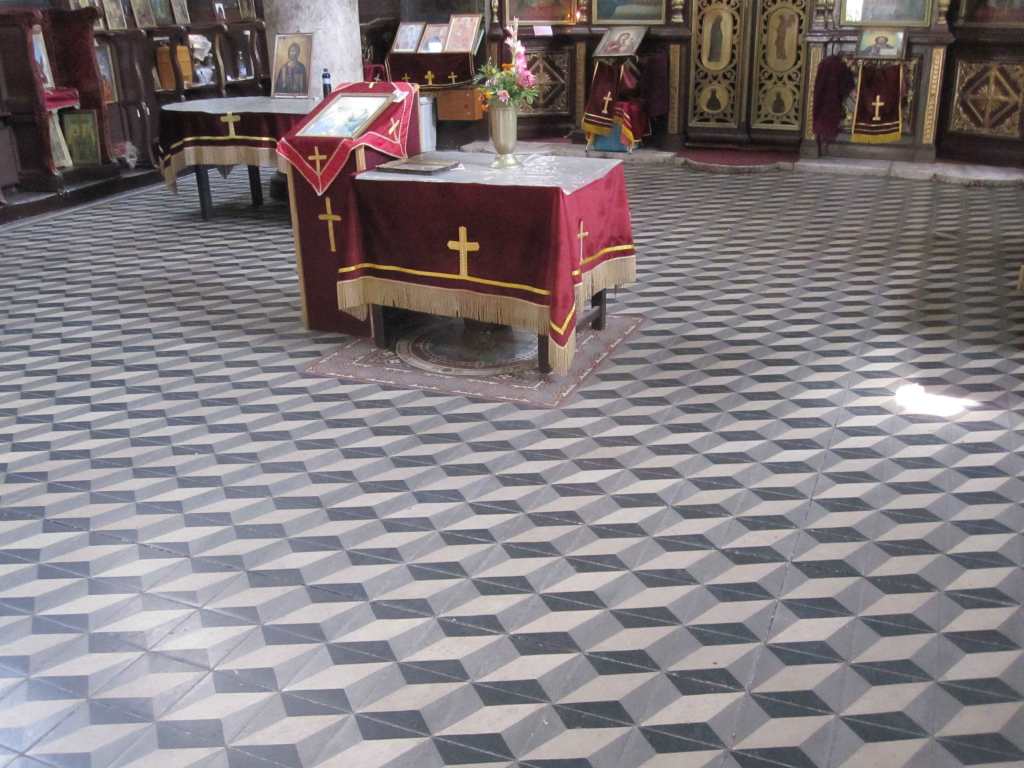
The Church of St Trojca has a very interesting floor! Address: Marshal Tito with Tane Georgiev. Directions: N42.13441 E21.72066
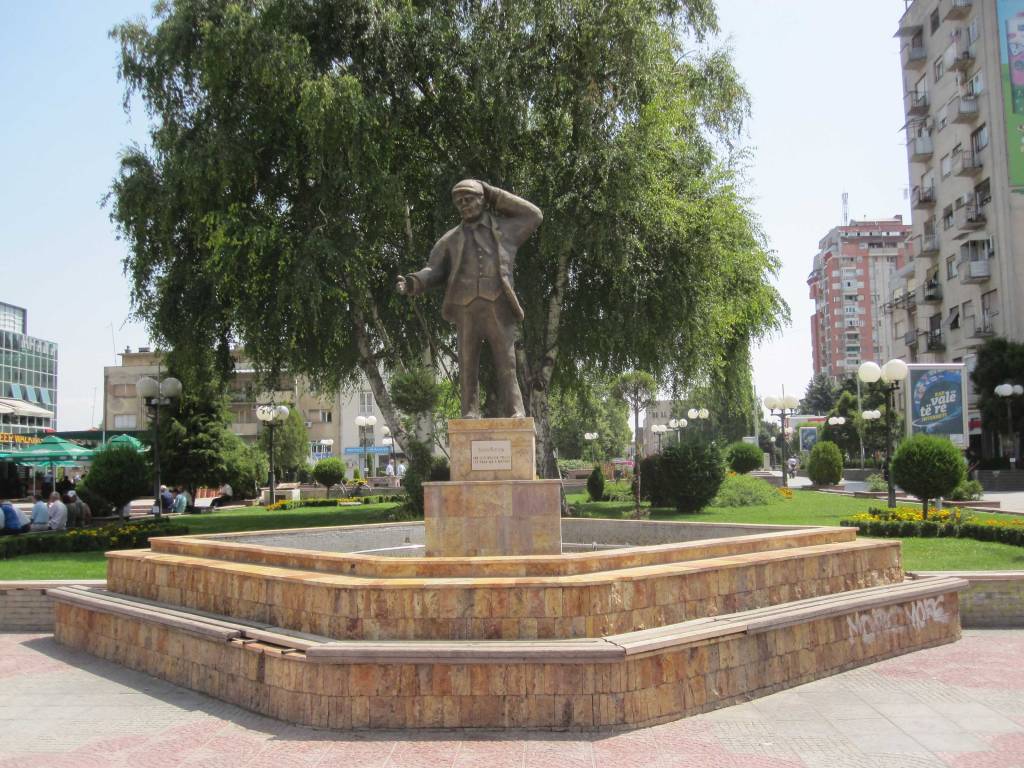
Batko Gjorgija is a typical figure and character of Kumanovo. He was a great mocker and bohemian, who preferred leading a loose life rather than working. The text on the statue says: “He wants to have all pretty things that he sees”. The Days of Comedy take place every year in honor of Batko Gjorgija. This monument is located on the central square of Kumanovo. Address: Plostad Nova Jugoslavija.
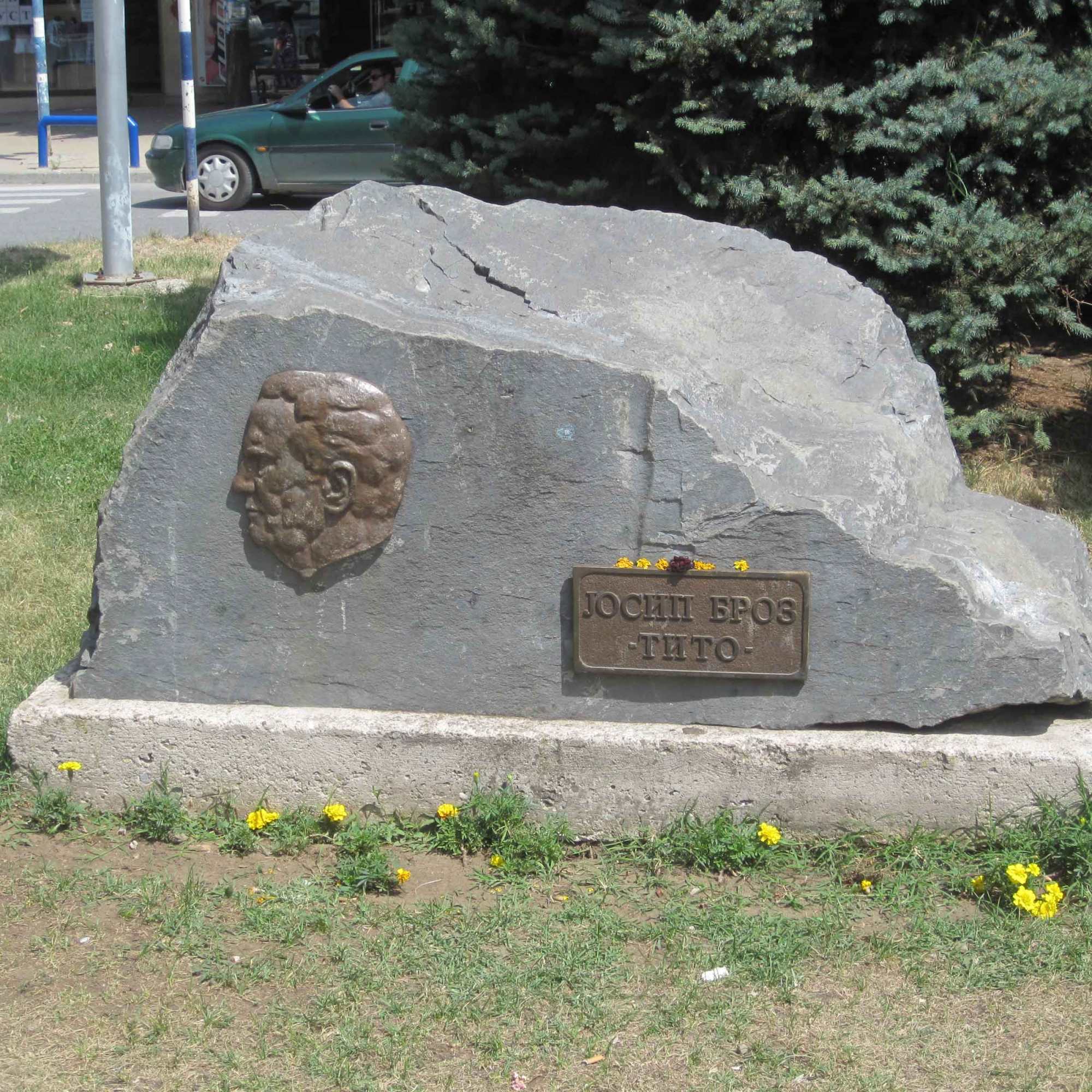
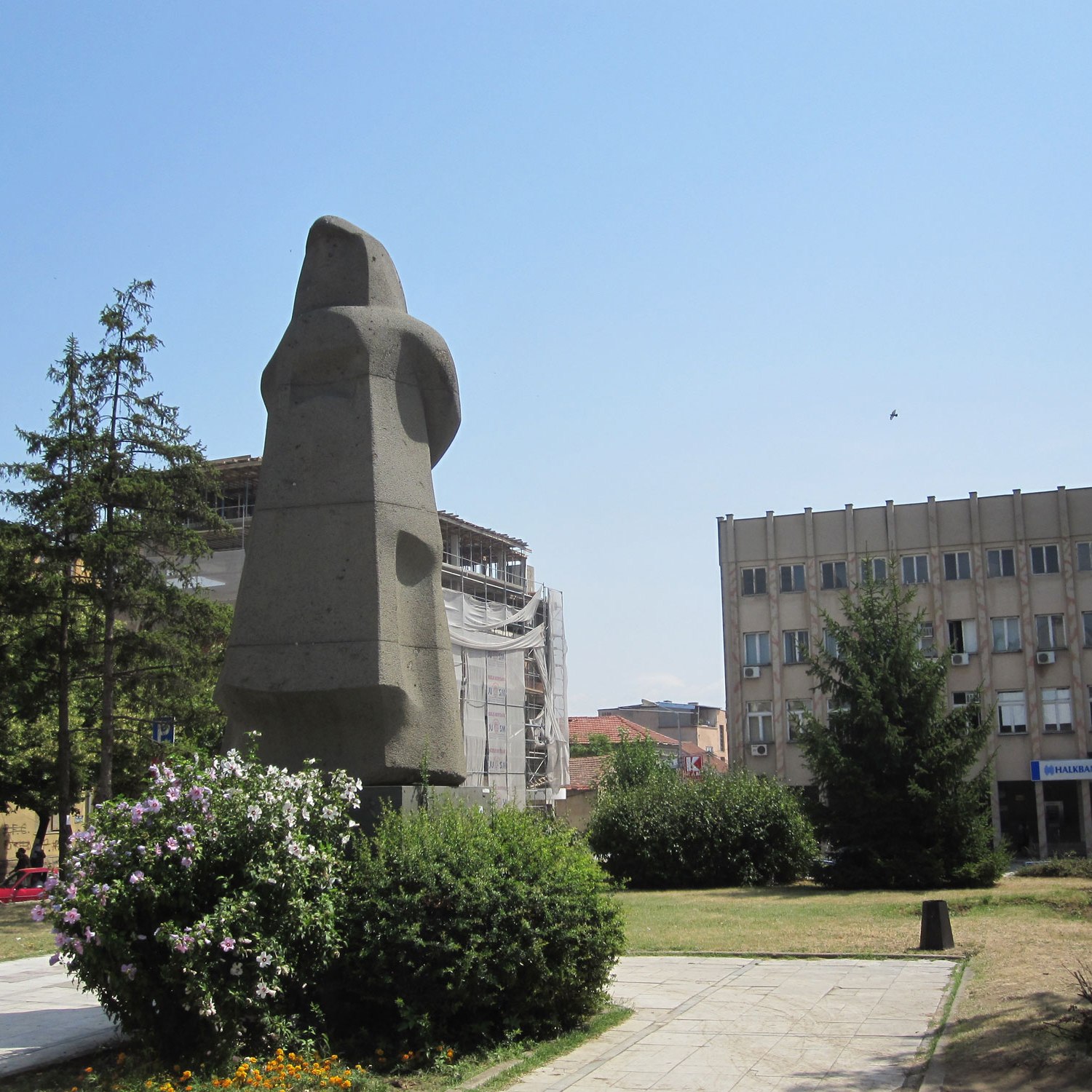
Two statues in a small park, one of them is dedicated to the former Yugoslavian statesman Tito.
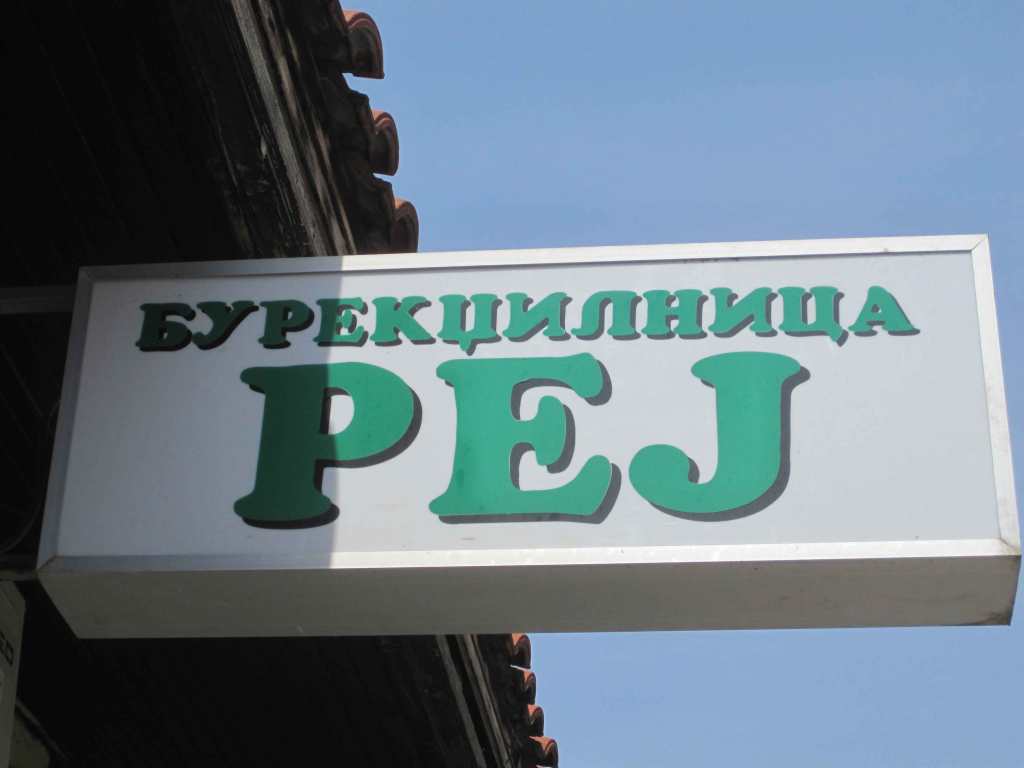
Burek 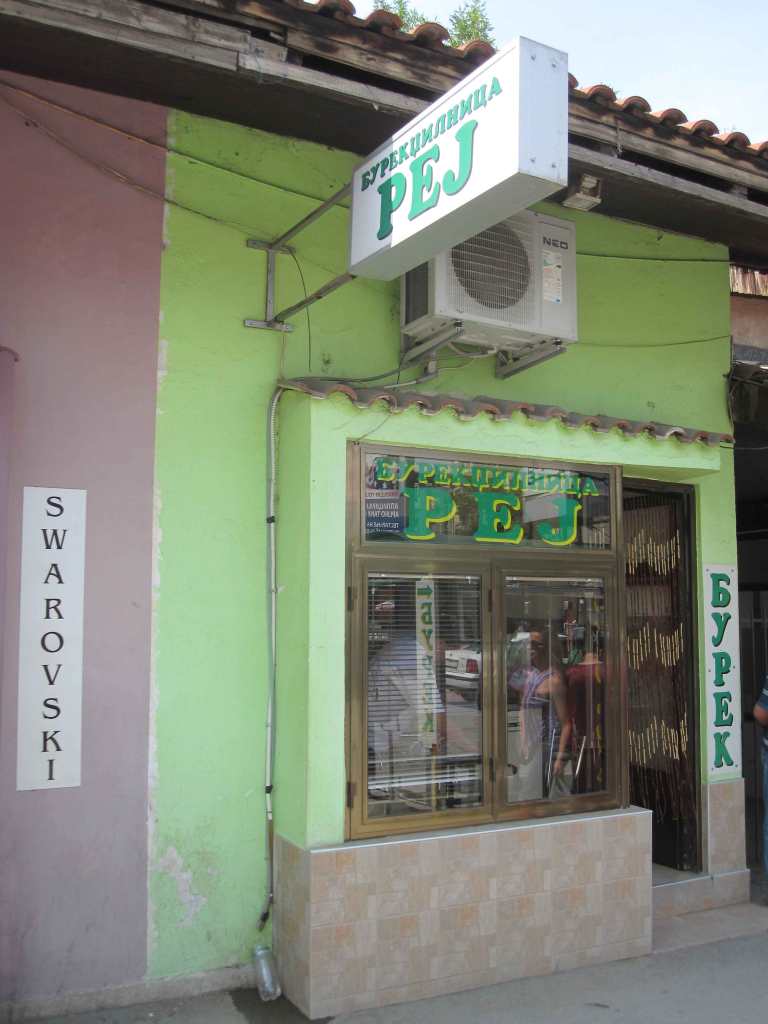
Burek
This tiny burek restaurant has only two or three little tables. Burek are layers of dough filled with e.g. cheese, meat or spinach. We had a pretty good burek with yogurt here for lunch. Address: Goce Delchev, close to city square. Directions: N42.13522 E21.71765
Near Kumanovo
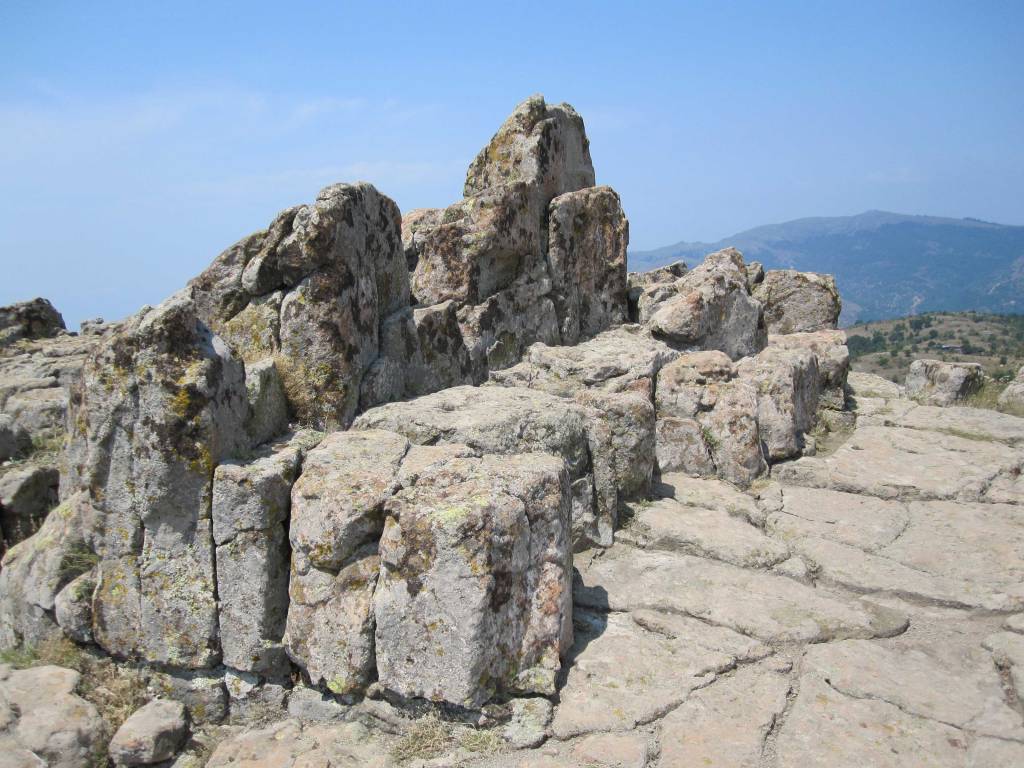
The Kokino archeological site and megalithic observatory is located about 30 kilometers northeast of Kumanovo, near the villages Staro Nagoricane and Kokino.
The Kokino Observatory is on the U.S. Space Organization NASA’s list of ancient observatories, together with e.g. Stonehenge in Great Britain. Not surprisingly, Kokino is also referred to as the Stonehenge of Macedonia.
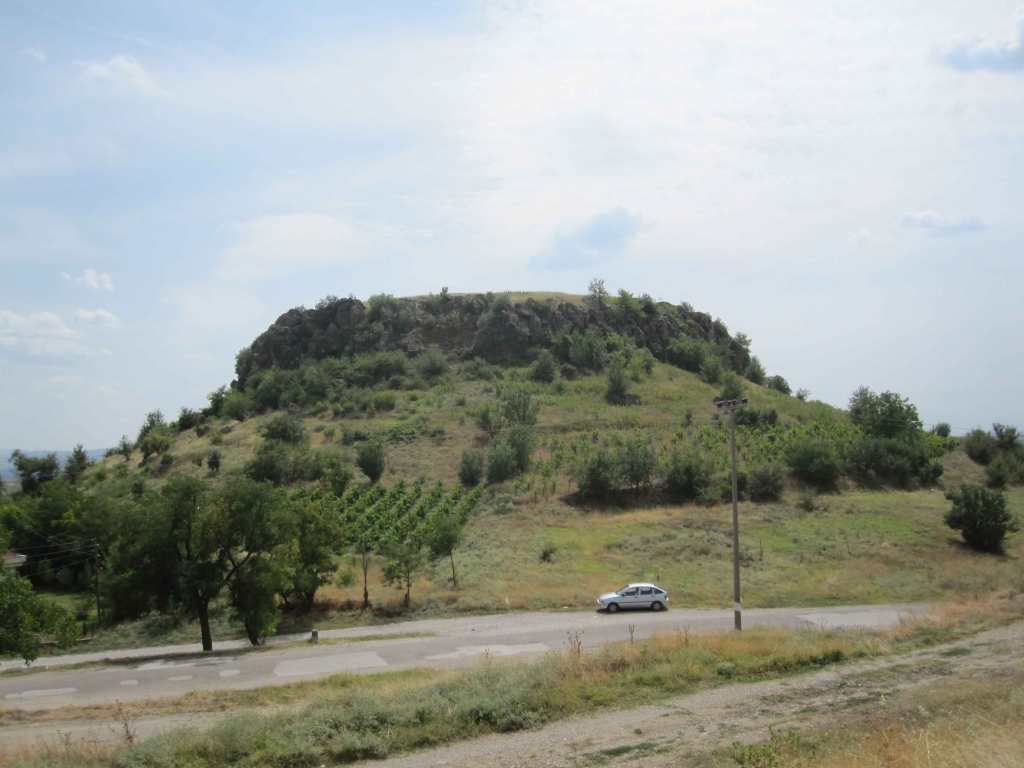
Along the way from Kumanovo to Kriva Palanka, at the turn-off for Kokino near the village Mlado Nagoricane, you can see this strange rock formation named Kostoperska Karpa . There was a prehistoric settlement on or near this rock formation, which may have been used for ritual purposes.
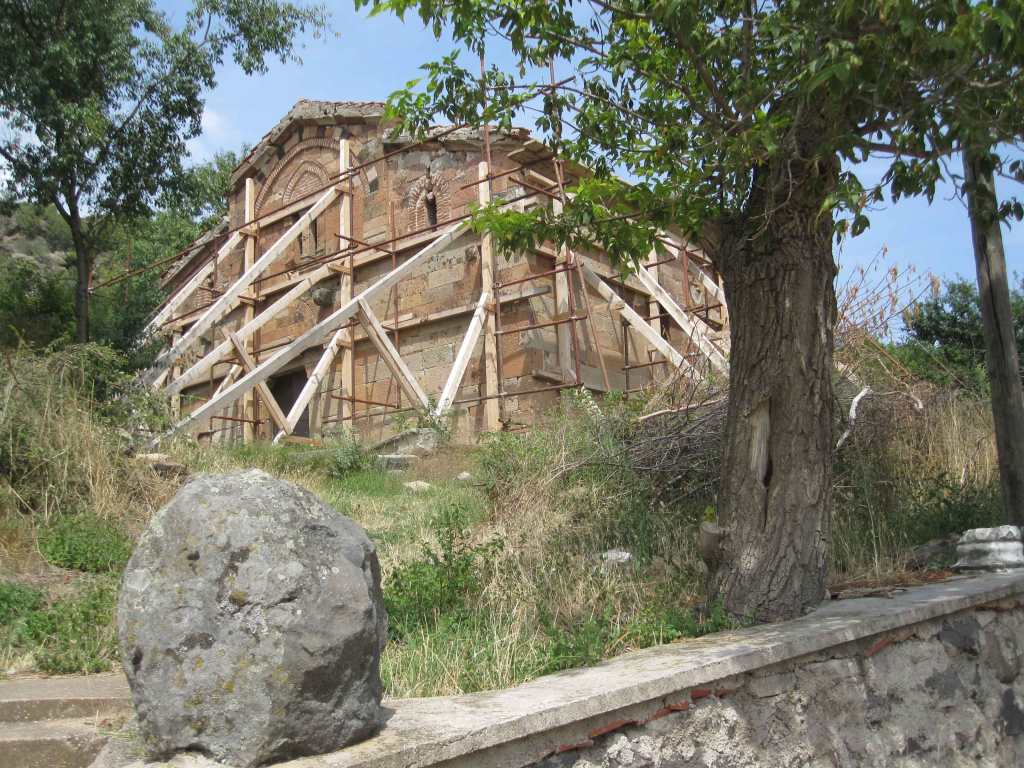
There are two churches next to this big rock, the Church of St George and the Church of St Petka. The Church of St George was being renovated when we visited in 2010.
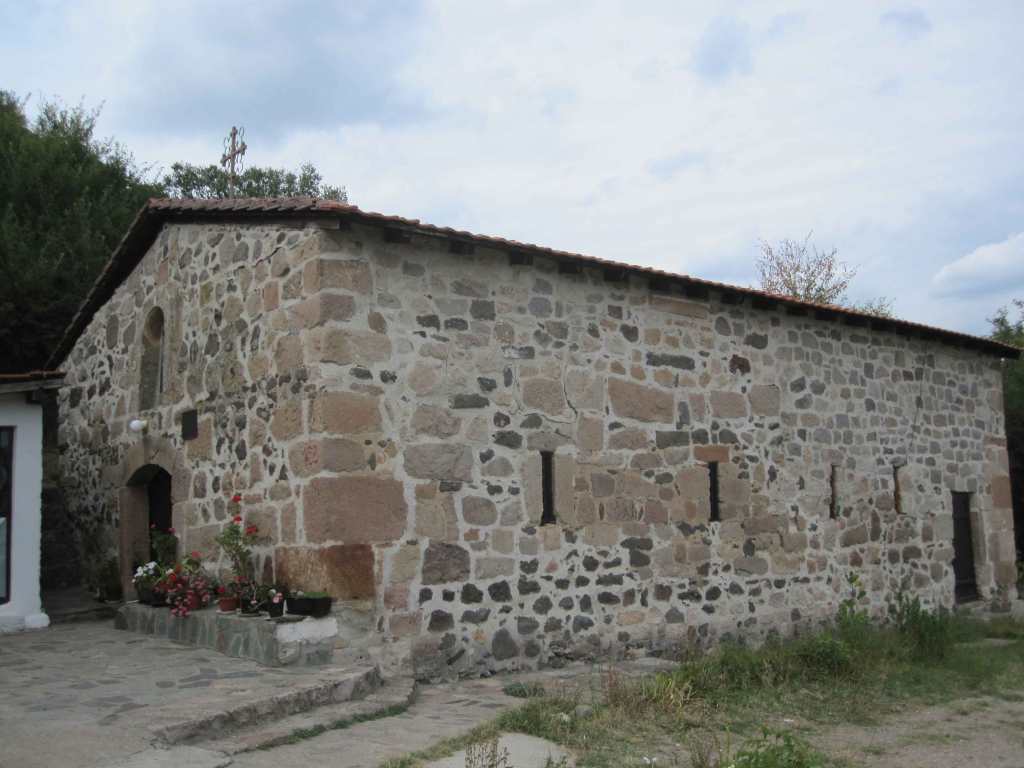
The Church of St Petka near Mlado Nagoricane was unfortunately closed as well.
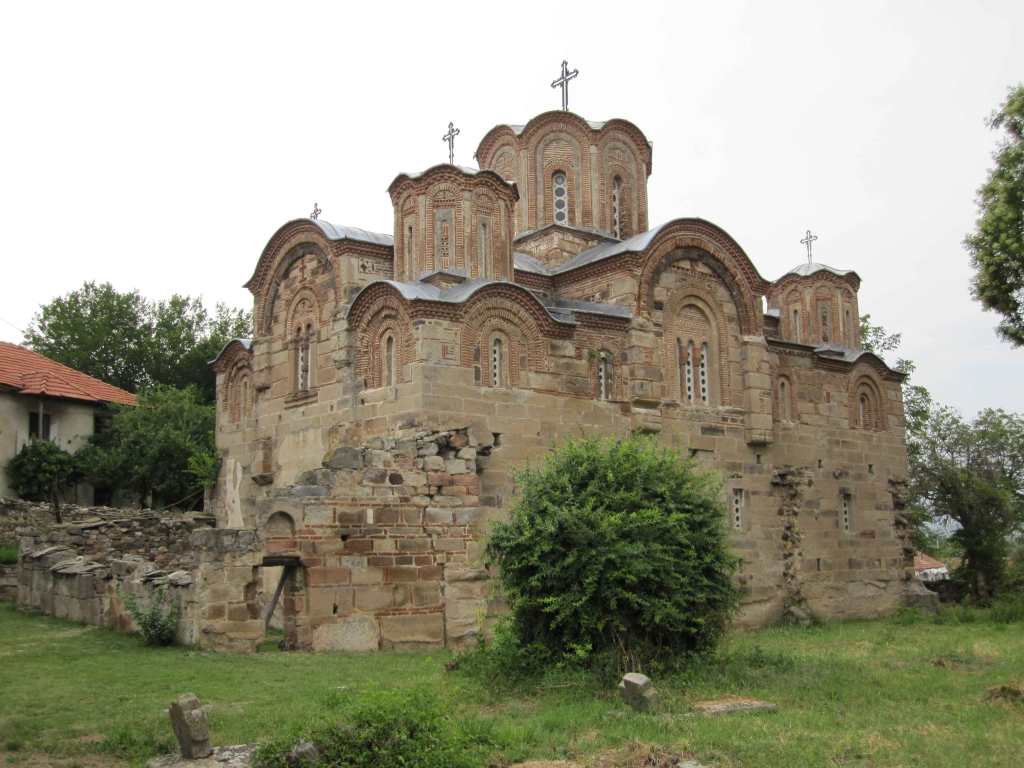
Further north in the village Staro Nagoricane, there is this very old Church of St George from 1313.
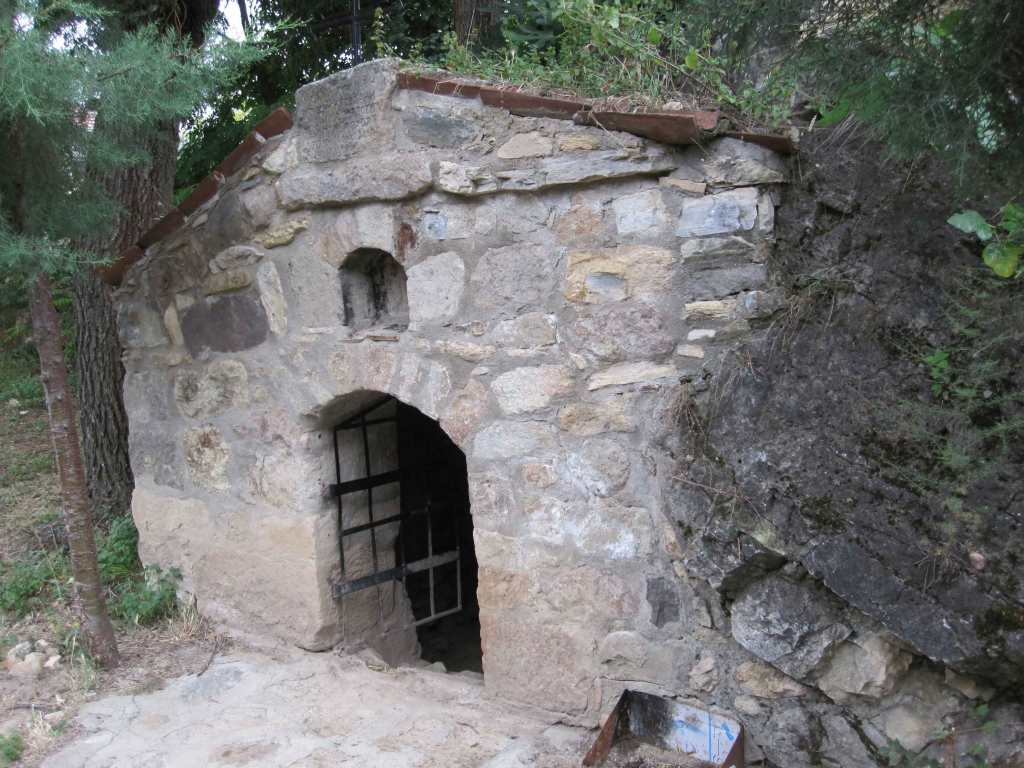
Opposite to the Church of St George there is the “kelia” or “cell” of the monk Prohor Pcinjski, where he allegedly lived for 30 years.
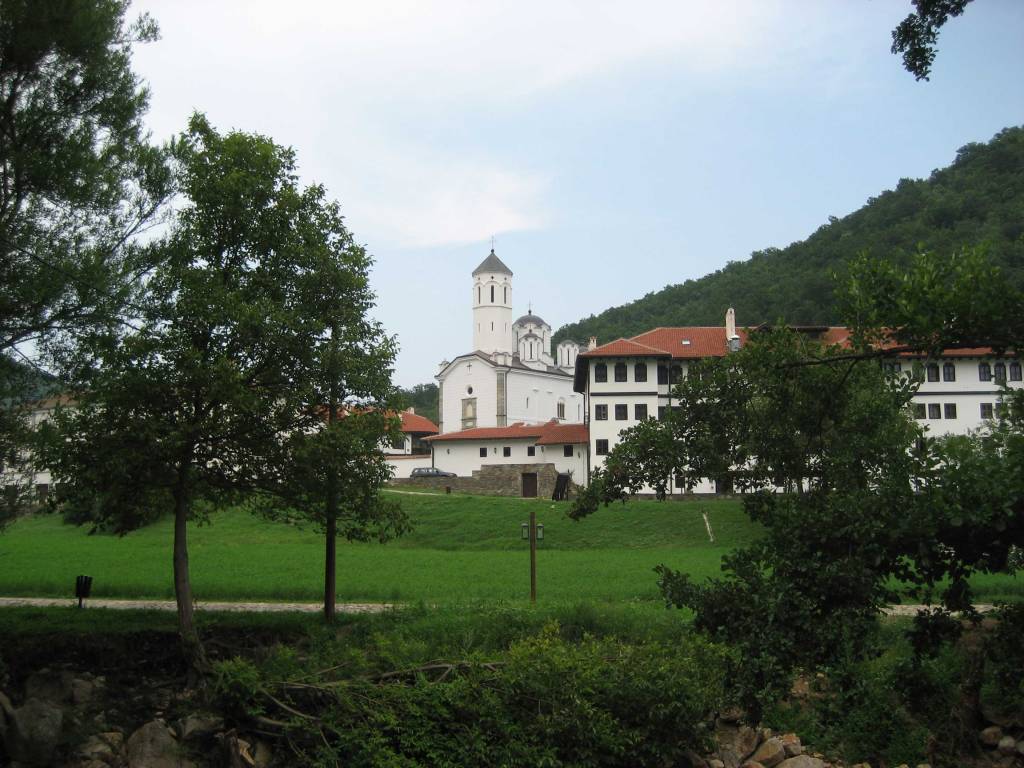
Since you already came all this way to the north of Macedonia, you may as well hop over the border to visit the Prohor Pcinjski Monastery in Serbia. This monastery is about 500 meter from the Serbian-Macedonian border. Before Macedonia becam,e independent in 1991, the Monastery was on Macedonian territory. To cross the border you need a passport. and if you go by car a green card for car insurance. Because we did not have a green card, we left our car in the no-man’s land before the Serbian border and walked to the monastery.

The first plenary session of ASNOM (The Anti-Fascist Assembly for the People’s Liberation of Macedonia) was convened on the symbolic date of 2 August 1944 (the date of the Ilinden uprising in 1903) in the St Prohor Pcinjski Monastery. The most important decisions were proclaiming Macedonia as a nation of ethnic Macedonians, and making Macedonian the official language. When we asked one of the priests to visit the room where this session had taken place, it unfortunately was not possible to open it for us. Because it was not possible anymore for the Macedonians to gather at the Monastery to commemorate August 2 since the monastery is now on Serbian territory, the ASNOM Memorial Center in Pelince was built in 2004, just at the Serbian-Macedonian border.

The monastery was founded by the Byzantium emperor Roman Diogen IV in the 11th century. It was reconstructed by the Serbian king Milutin (1282-1321) in the 14th century. In the second half of the 16th and in the beginning of the 17th century, the monastery church was repaired, extended and decorated. At the time of visiting (2010), the interior was being renovated. The monastery’s lodging houses now function as a hotel, where you can stay for about 13 euro a night.

According to a legend Diogen came to Nagoricane, where he met St Prohor who told him: “Go to Constantinople where God will raise you to the throne. But don’t forget about me when he does”. Diogen went to Constantinople and became Tzar, but he forgot about his promise to the old man. However, St Prohor appeared in his dream and reminded him of the promise. The Tzar then erected a church on the spot where he had found the relics of St Prohor. He laid the sacred relics in the church, on the right to the altar where now there is a chapel. and chrism (holy oil) began to come out. The holy oil is still coming out a small hole in the wall of the chapel, to the right of the candle on the picture!



